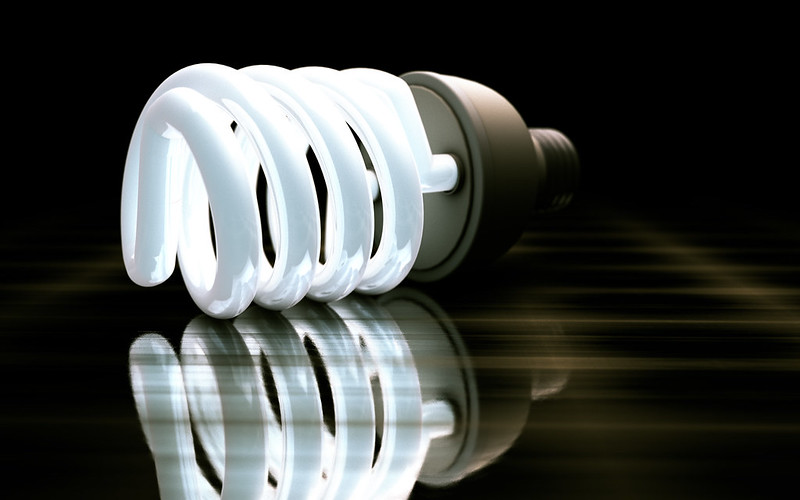Is your home as efficient as it could be? An energy audit can tell you
December 29, 2018
Drafty windows. Leaky faucets. Dirty air filters.
All are common issues in homes across the country, and they’re not just annoying—they also cost you money in decreased energy efficiency and higher bills.
The U.S. Environmental Protection Agency’s Energy Star program estimates that homeowners can save 5% to 30% on annual energy costs by incorporating technologies to make their homes operate more efficiently. Think that’s not a big deal? Based on typical energy costs, it could mean savings ranging from $105 to $627, according to Energy Star.
That sounds pretty good to us. And even if you’re not the handiest person when it comes to home maintenance, checking your energy efficiency is something you can easily do yourself. (Although if you want to get the biggest bang for your buck, Energy Star recommends a professional home-energy audit.)
Just follow the tips below—you’ll see where your home loses energy, how efficient your heating and cooling systems are, and ways you can decrease your electricity use.
First, just for reference, here’s how the average energy bill breaks down:
- Heating: 29%
- Electronics: 21%
- Water heating: 13%
- Cooling: 13%
- Appliances: 12%
- Light: 12%
Where’s the air?
Air commonly leaks from homes through gaps around baseboards, electrical outlets and windows or doors—if you feel like you’re running the heat all the time to no avail, that warm air might be escaping. Stopping these drafts can save up to 30 percent of your yearly energy costs (it will keep the cool air inside during the summer, too). Be sure to check your home’s exterior as well, paying particular attention to areas where two different building materials meet. When you find leaks, seal them with caulk or weather stripping.
Don’t wait to insulate
Check to see if you have enough insulation in your ceiling and walls. The attic door or hatch should be insulated and close tightly. For walls, make a small hole in a closet or other inconspicuous place and probe into the wall with a screwdriver—if the area isn’t completely filled with insulation, you’re probably losing heat in the winter and cool air in the summer.
Check your furnace and AC systems
Heating and cooling systems that work correctly and efficiently can save you frustration as well as money. Make sure ducts and pipes are insulated properly, and have your equipment checked and cleaned by a professional each year. Filters for forced-air furnaces should be replaced as soon as they are dirty, or every 30 to 60 days.
Let there be (efficient) light
More than half of the light sockets in the U.S. still contain an inefficient bulb, according to Energy Star—and the average home has about 70 sockets! LED bulbs use 90% energy versus regular bulbs, and they last a lot longer, too. Many will still be going after 20 years.
See how your home stacks up
Energy Star also offers a Home Energy Yardstick that allows you to compare your home’s efficiency to similar homes across the country and get advice on how to improve. It takes just five minutes. Learn more here.
Anyone can take steps to save energy—whether you’re a hardcore do-it-yourselfer or someone simply tired of sending a big check to the power company every month. Just don’t forget what might be the most important thing of all after you finish your audit and make your home more efficient: Deciding how to spend the money you’ll save!
Reposted with permission from the original author, Safeco Insurance®.
Top image by Flickr user Michael Smith used under Creative Commons Attribution-Sharealike 2.0 license. Image cropped and modified from original.
